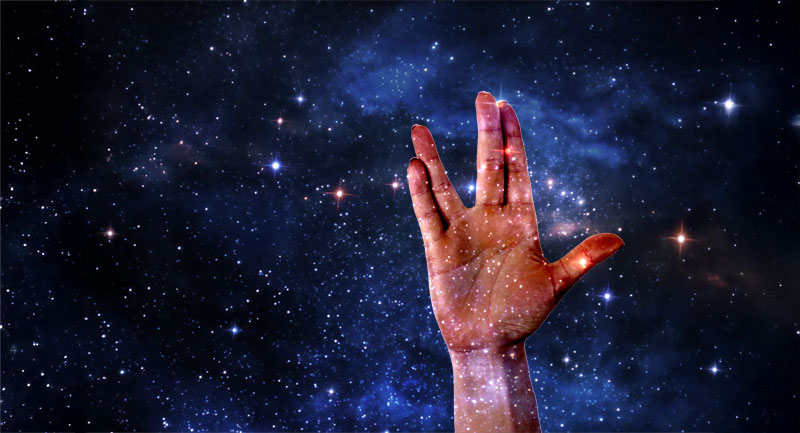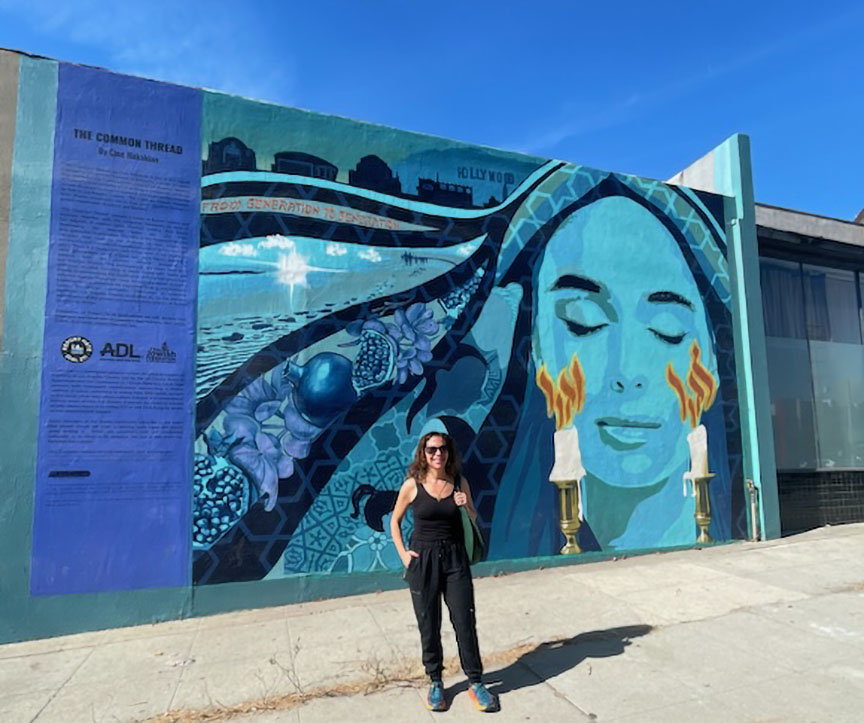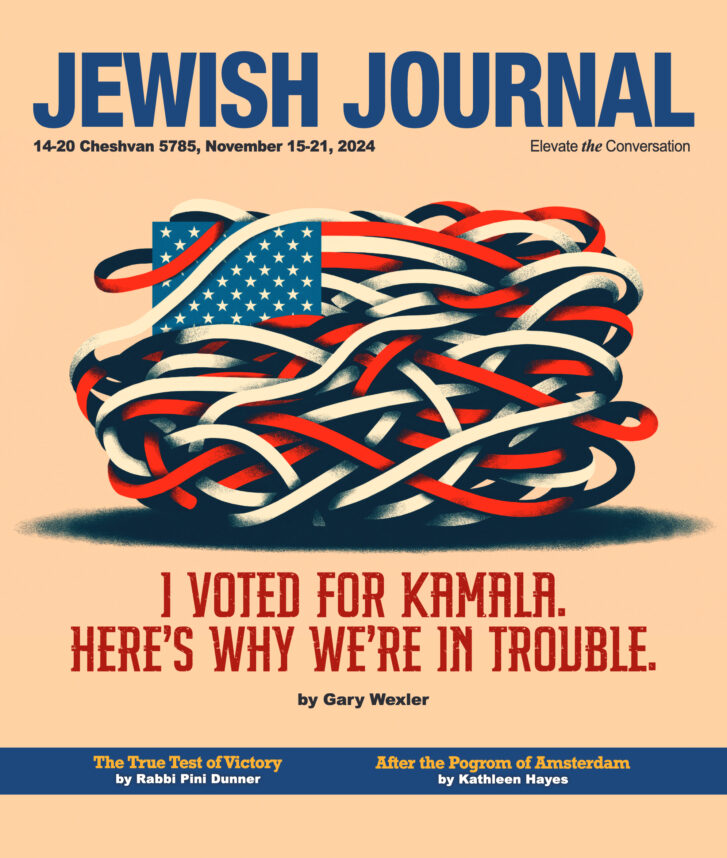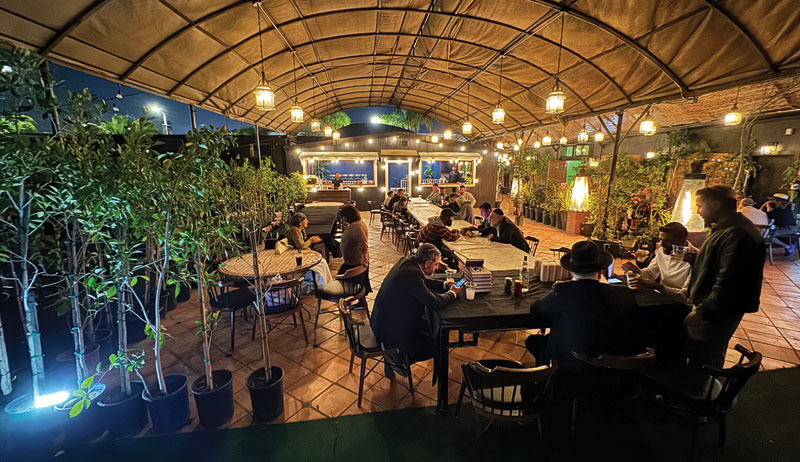I have a pretty open sense of humor, except when it comes to artists utilizing the imagery used to kill more than 6 million of of my Jewish ancestors. Especially since I’ve volunteered with and met many Holocaust survivors who still have numbers tattooed on their arms, from when they were branded like dogs in concentration camps. So, the following article means more to me then you will ever know. And I think maybe only fellow Jews will understand the pain of it, yet I can’t help but try to express it to others.
Yes, the swastika was originally a symbol of peace, but the Nazis tainted it, and there is no way for anyone to bring it back. It’s like taking the knife that Charles Manson’s followers used to decimate Sharon Tate’s body and then cutting your birthday cake with it. Sure, it’s just a utensil, but no matter how well you clean it, it’s still the knife that ripped an unborn baby from its mother’s stomach.
And it’s not necessarily that artists are intentionally seeking to be anti-Semitic by putting swastikas in their paintings and sculptures. They just might not really know what the symbol means or are at least are ignorant to how it makes an entire nation feel. I mean, multiple branches literally stop on my family tree because a soldier laden in swastikas killed them off. And he didn’t just shoot them or give them the decency of a proper burial. He stripped them nude and shaved their heads and gassed them and burned their babies in front of their mothers and threw their bodies into unmarked pits and then urinated on their corpses. It’s hard to even think about it without breaking down into tears. And other Jews, like me, no matter how assimilated they’ve become, can’t help but subconsciously feel those things when they view the image of a swastika — whether it be from ancient China or, more recently, on the walls of a gallery in Los Feliz.
We were innocent, we were poor, and we were just an easy target for an evil man with a mustache and failed art career to take power. And because of that,. we were hunted down in the street, forced to wear yellow patches that identified us as Jews, and then shipped off to concentration camps. So, artists may like the way the symbol aesthetically looks, but unfortunately it’s not the same kind of symbol as a stop sign or traffic cone. It’s dark, evil, and was used by a nation of people during World War II who asked helpless mothers to point at which of her two sons she would rather have shot or skinned alive.
So, the next time an artist wants to use a swastika in their work, I beg that he or she take a step back to think about all the children who starved to death. Think about the near genocide of an entire population. And think about all of the artists we would’ve never experienced — like Mark Rothko, Shel Silverstein, Sol LeWitt, Roy Lichtenstein, Judy Chicago, George Segal, Allen Ginsberg, Bob Dylan, Steven Spielberg, Saul Bellow, Gary Baseman, and Mel Brooks. And at the very least, either talk to a Holocaust survivor or visit Anne Frank’s house, where she lived in the walls silently with her family, hiding from the Nazis. Where she kept a journal of her memories written in the dark. Where the Gestapo ripped her life apart. And where a little girl who had done nothing wrong was hunted out like wild game and forced to live in fear. Go there and take it all in. Go there and attempt to feel what she felt before you just casually slap a swastika on a canvas.
Afterword: Sometimes I wish we weren’t so afraid to make our stands as Jewish people in the art world, especially since there are so few of us. And every now and again, I also wish we were militant and unafraid to rip pieces featuring swastikas off the walls, tear them apart and light them on fire. But that isn’t our way, and we’re not going to ever stoop to such a bottom-feeding level as to kill a man for his images. Yet, we also don’t have to stand by the works and just let ourselves accept that they’re only art. We can ex-communicate galleries that actively choose to showcase anti-Semitic pieces. We can have a voice on forums and art Web sites. And we can make sure this ignorant use of such hateful imagery does not continue.
Please, if you see a piece of anti-Semitic art, whether it be on the street or in a gallery, send me an e-mail and I will do my best to make sure the right people are notified.
Daniel Rolnik is a Los Angeles-based arts writer. He can be contacted at danielrolnik@gmail.com.





















 More news and opinions than at a Shabbat dinner, right in your inbox.
More news and opinions than at a Shabbat dinner, right in your inbox.